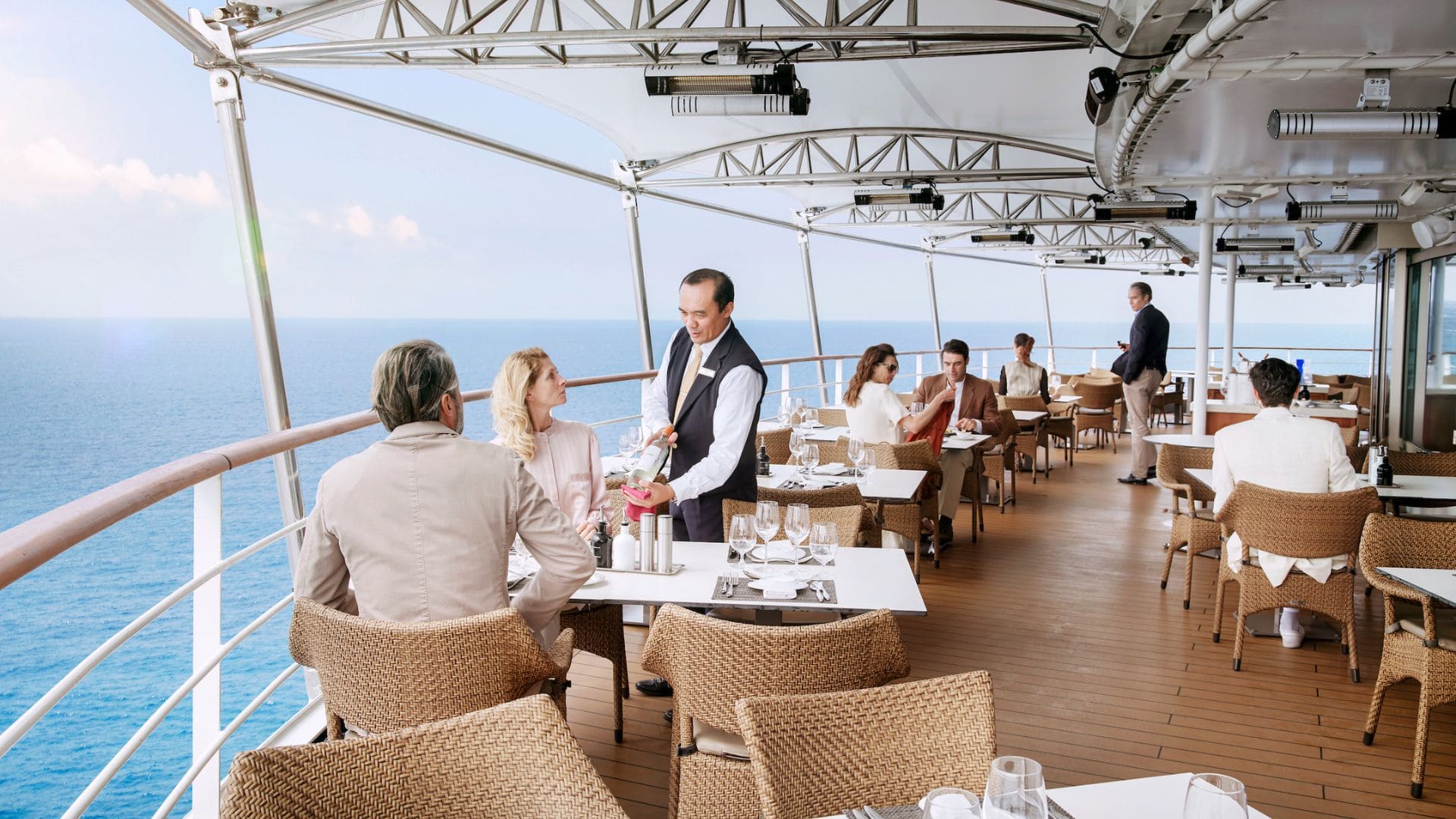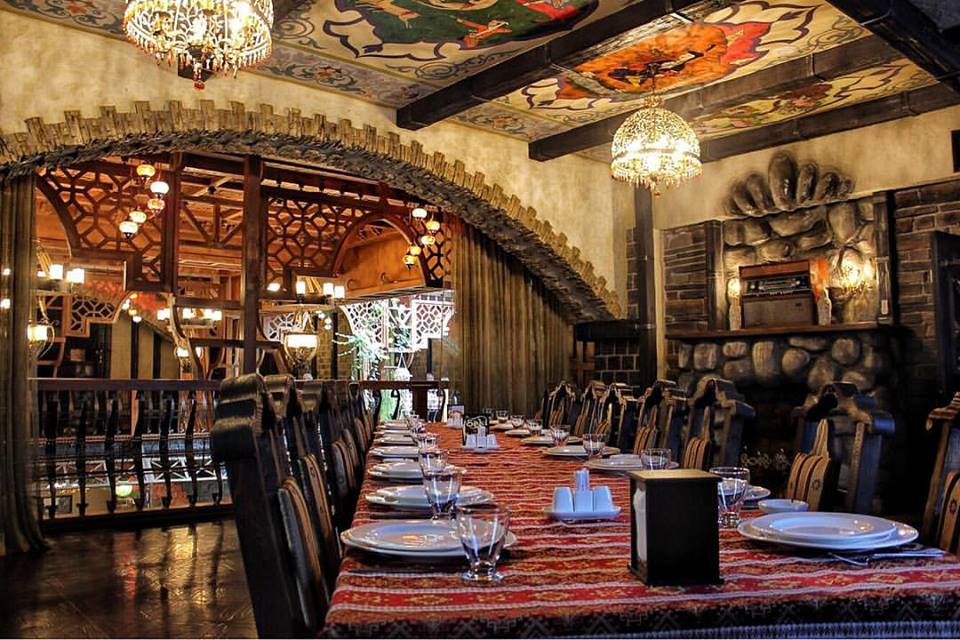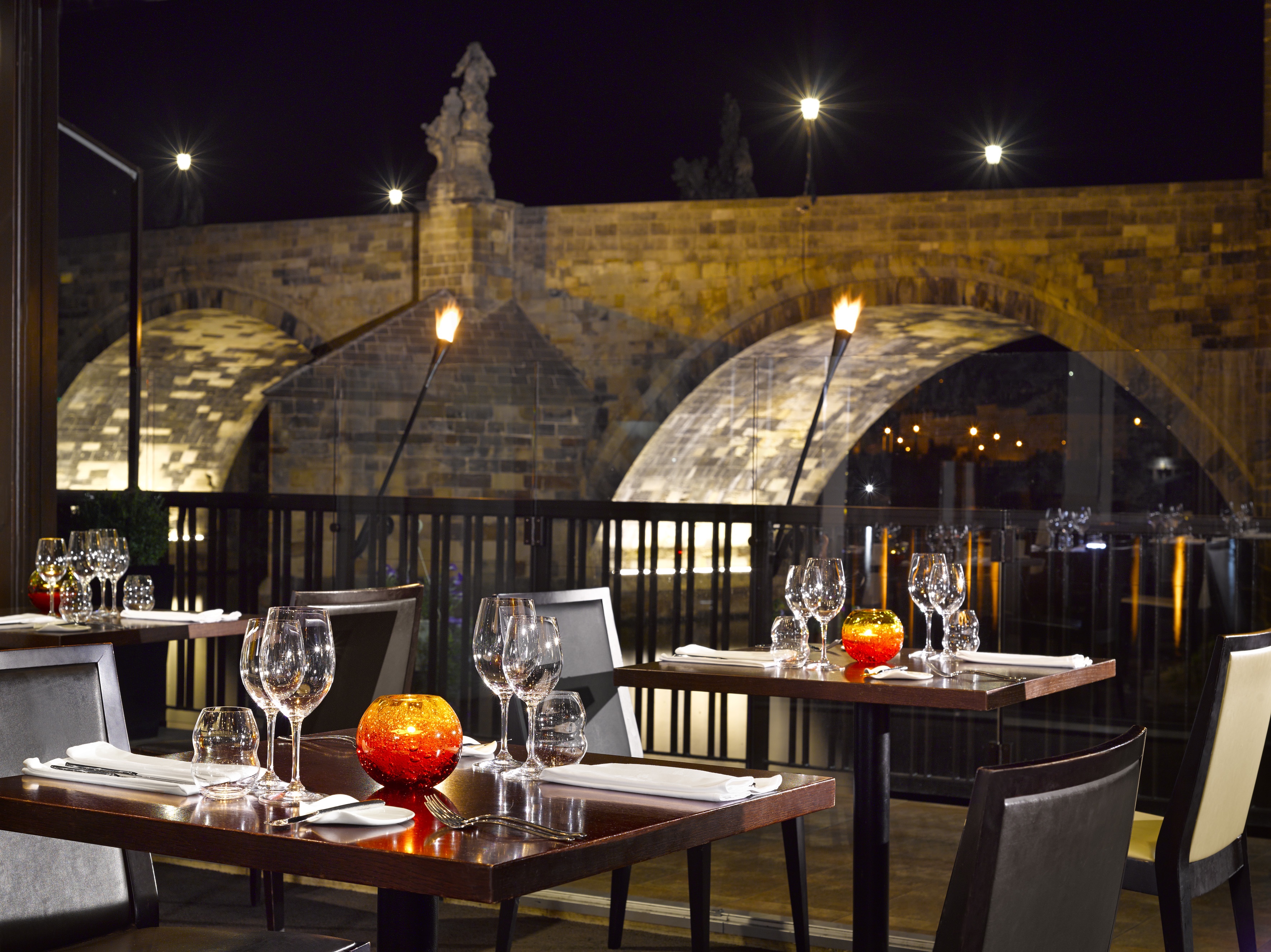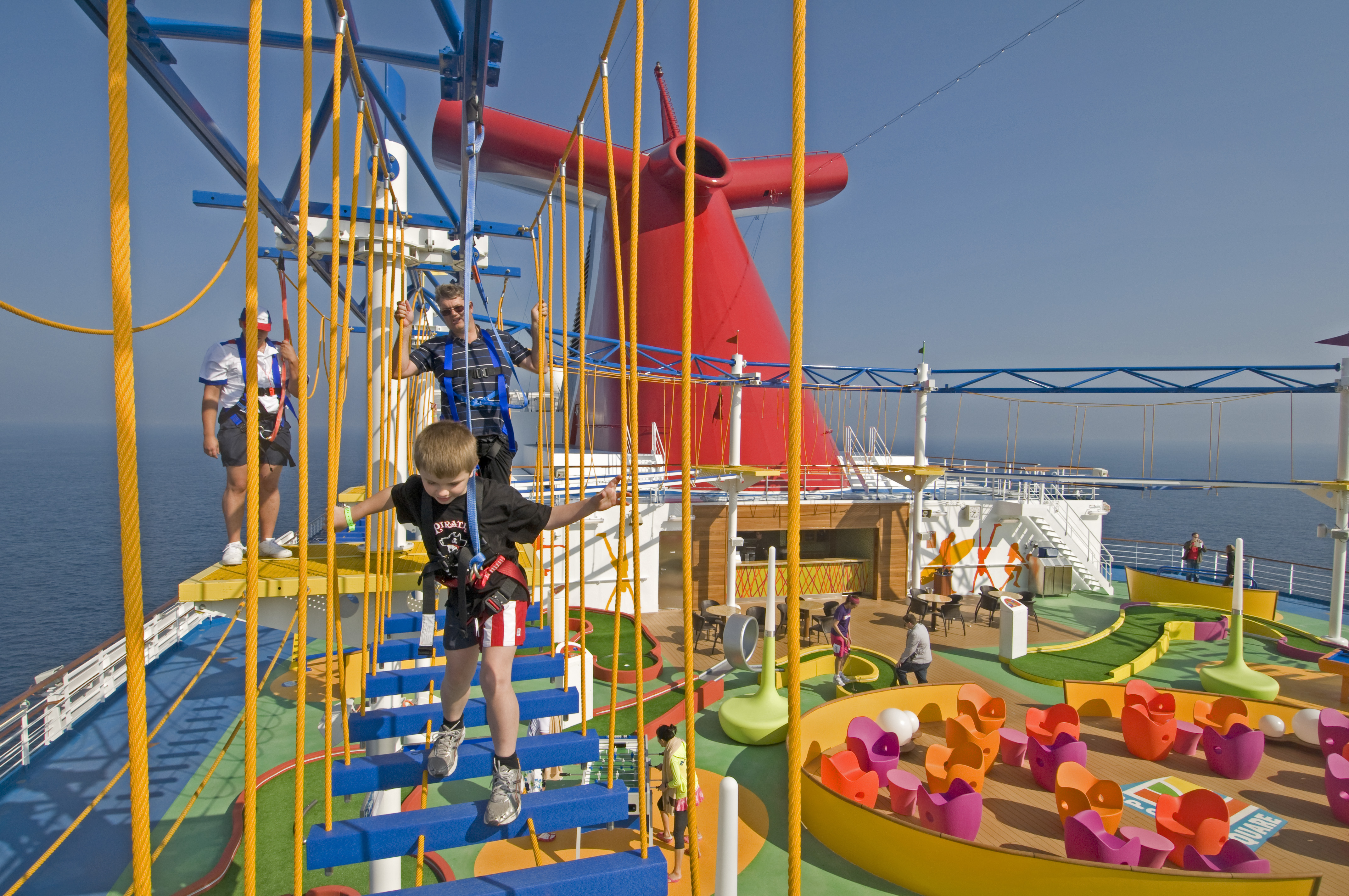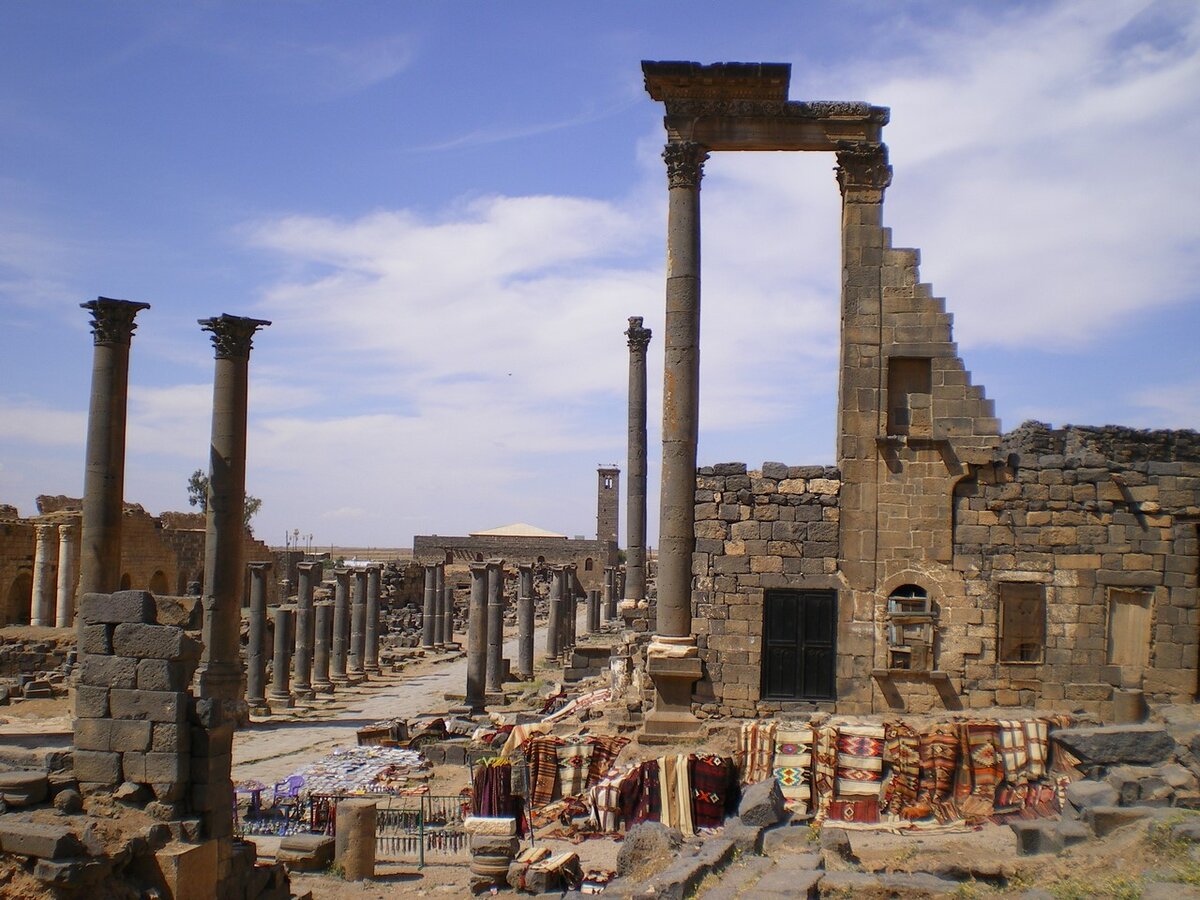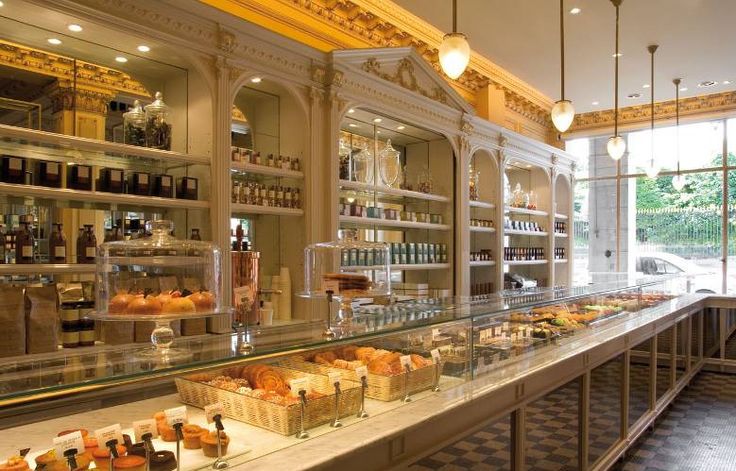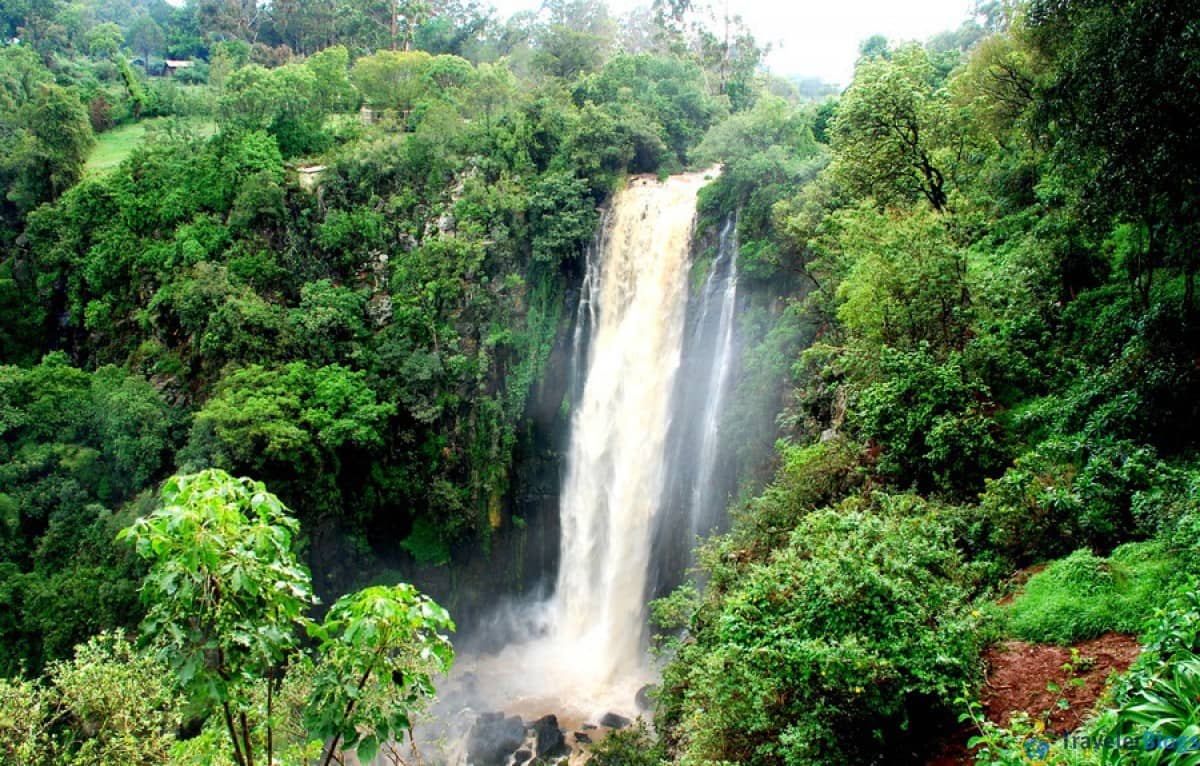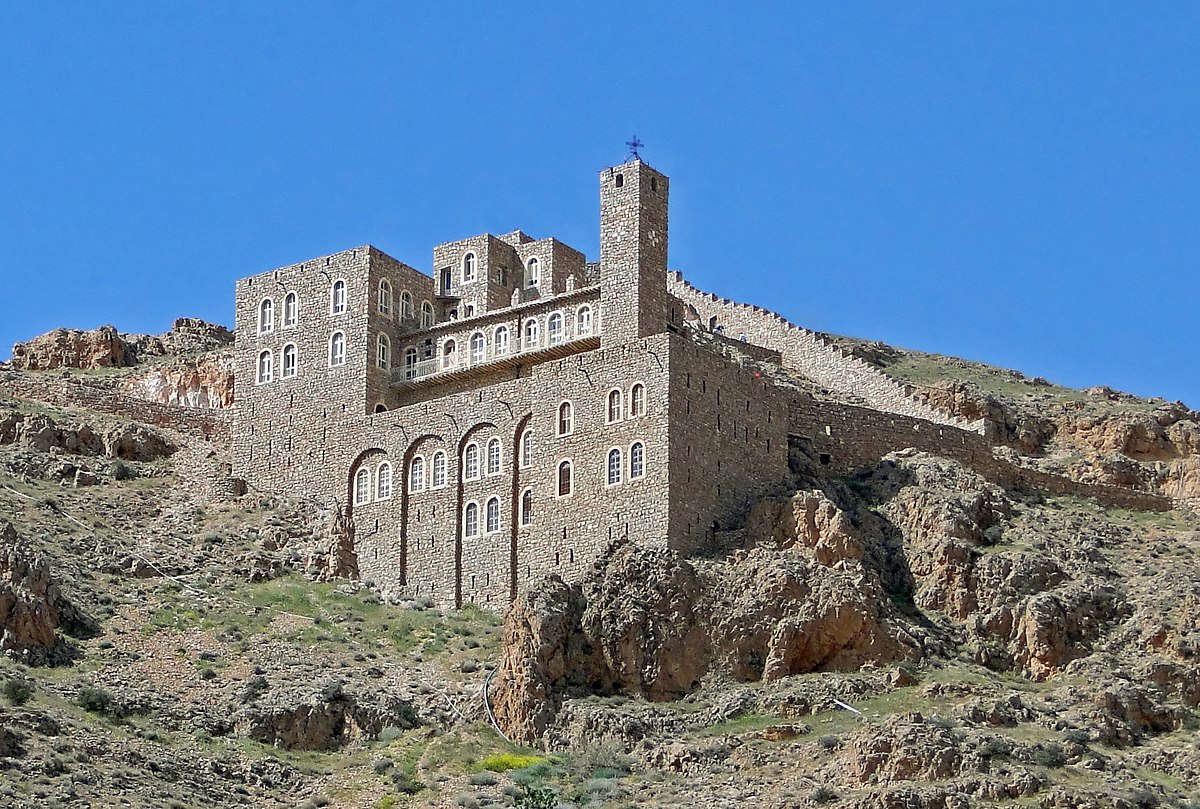

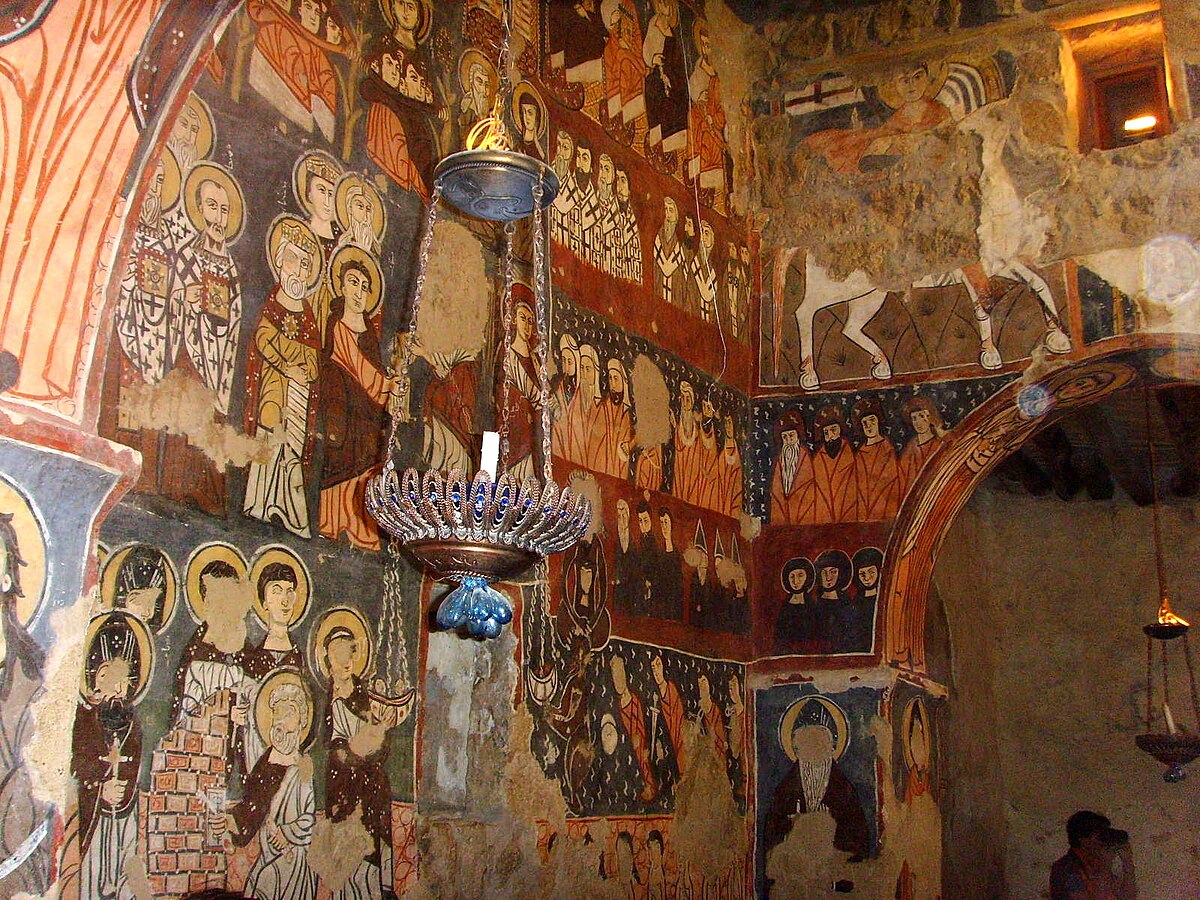
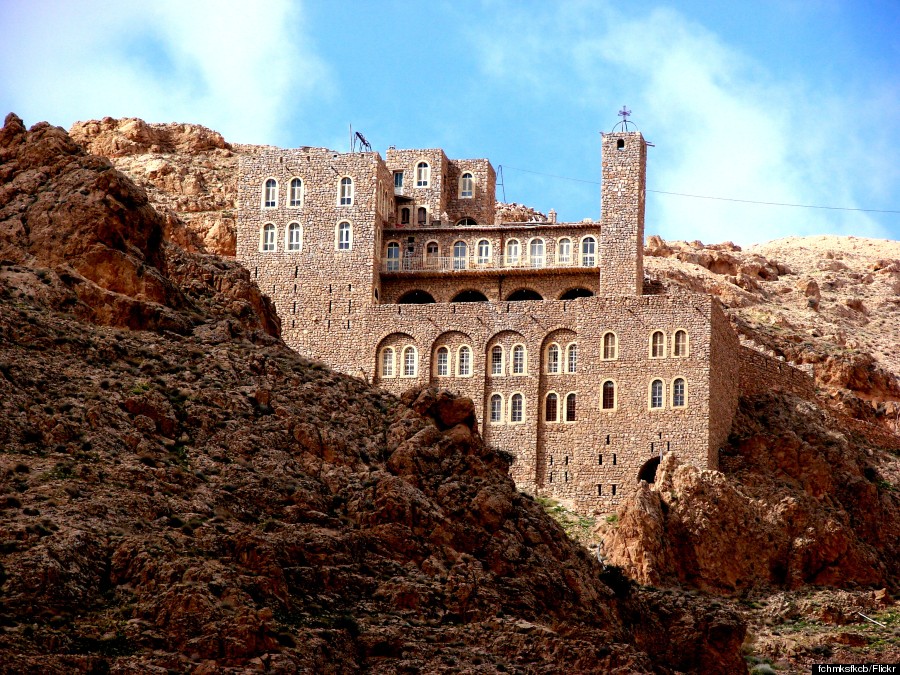
Deir Mar Musa el-Habashi
The ancient Syrian monastery of St. Moses the Abyssinian (Deir Mar Musa el-Habashi) overlooks a harsh valley in the mountains east of the small town of Nabk, 80 km north of Damascus.
It is about 1320 meters above sea level.
Mar Mousa began, as a 2nd; century Roman outpost tower then in the 5th century became a home for Christian monks. In the 1100, the church was built.
Then it was abandoned after the 1800's until 1982 when Father Paolo, a priest made renovating the monastery and the church with its precious frescoes a personal passion among many projects.
This ancient Catholic monastery houses world-renowned wall frescos
Any wandering traveler is welcome to enter the monastery and stay the night, so long as they participate in community chores and respect the monastery rules.
While camouflaged among the burnt brown stone of the towering valley walls, the site itself remains an imposing edifice. The monastery is built high onto the mountains rimming the valley, and it takes 30 minutes of walking up a path of narrowly stacked stairs to reach the entrance gate.
Each step creates a sensation of walking back in time, with only a single cable cord (used to transport food goods from the valley floor) marring an image that has remained largely unchanged in the last thousand years.
However, the medieval ambiance is misleading, for inside the ancient stone walls is a community that has seamlessly woven both modernity and tradition into their lifestyle.
Electric lights are turned on following the daily hour of silence, the Monastery’s leader preaches in a room decorated with 800-year old frescos of Christ, Deir Mar Musa is a beacon of hope in a war-torn country, and offers an inspiring layover for travelers who wish to better understand and appreciate the nuances of Syrian culture.asdad



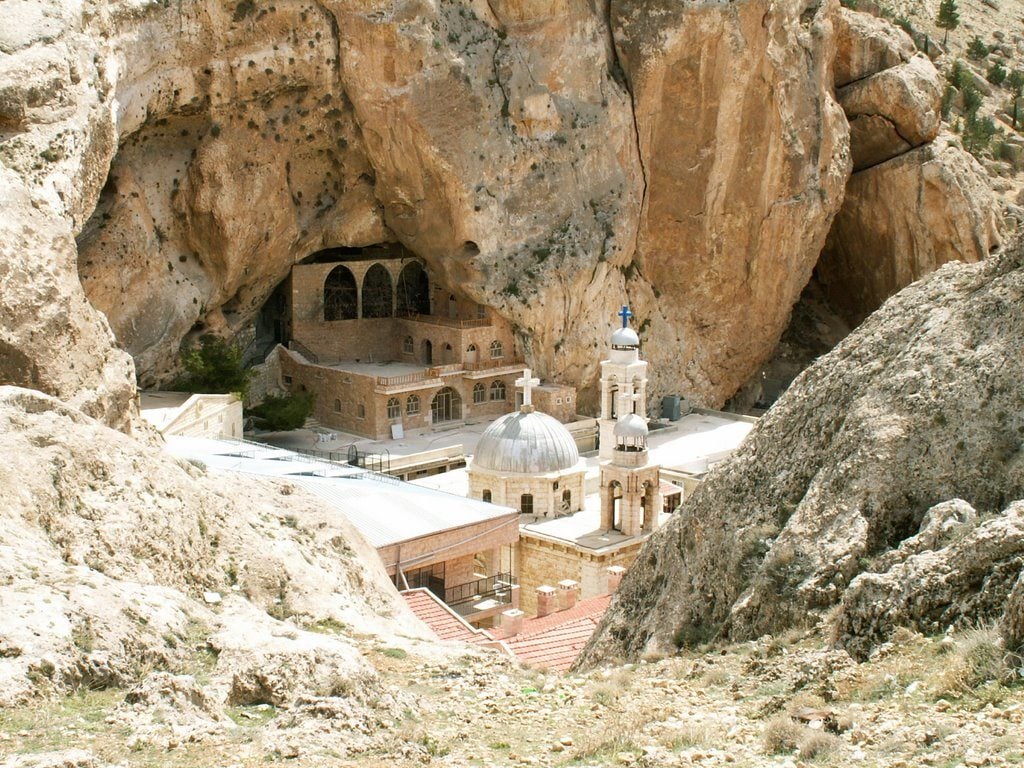
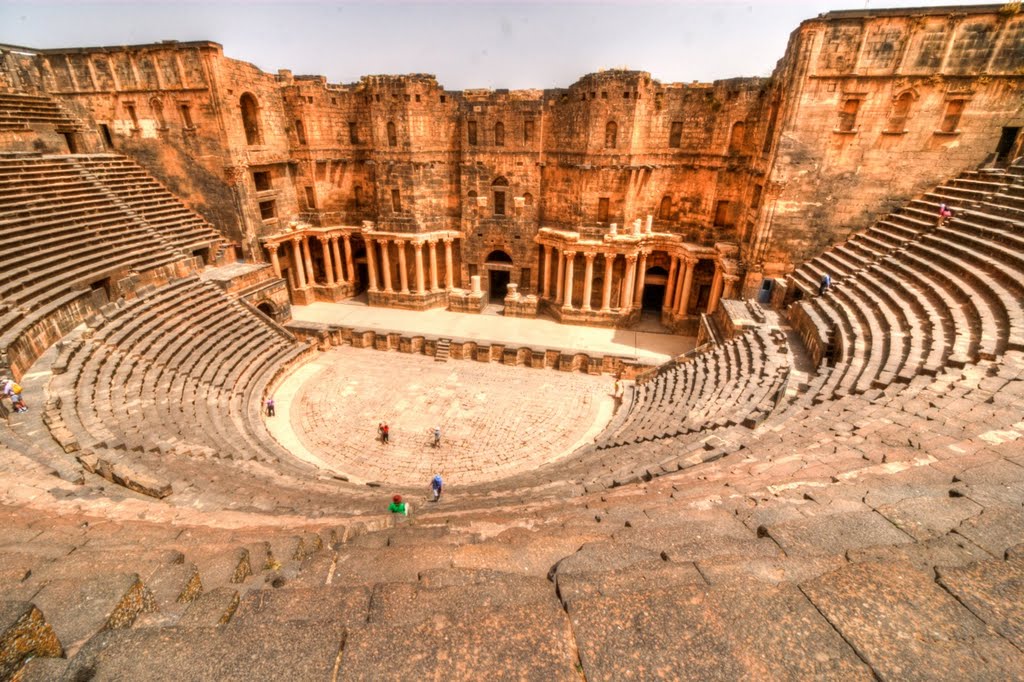
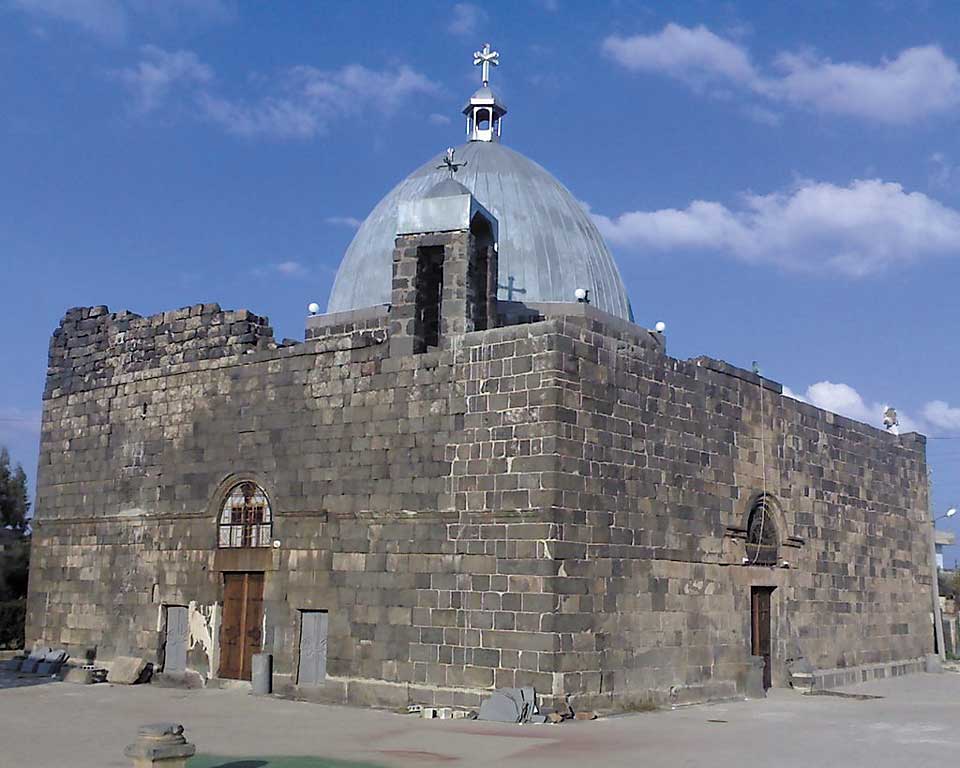
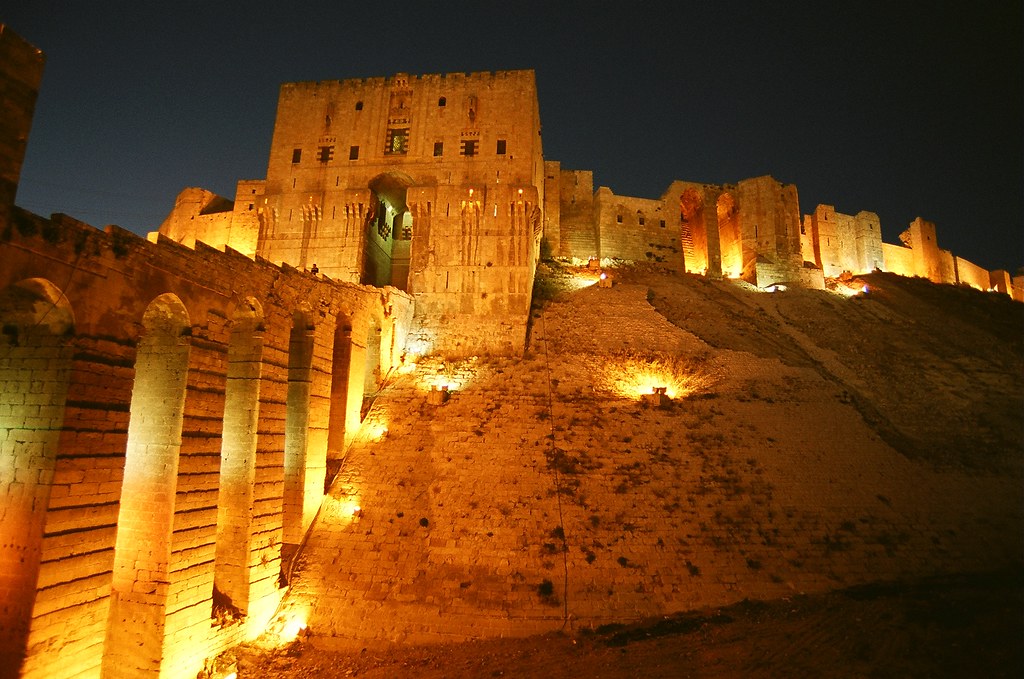

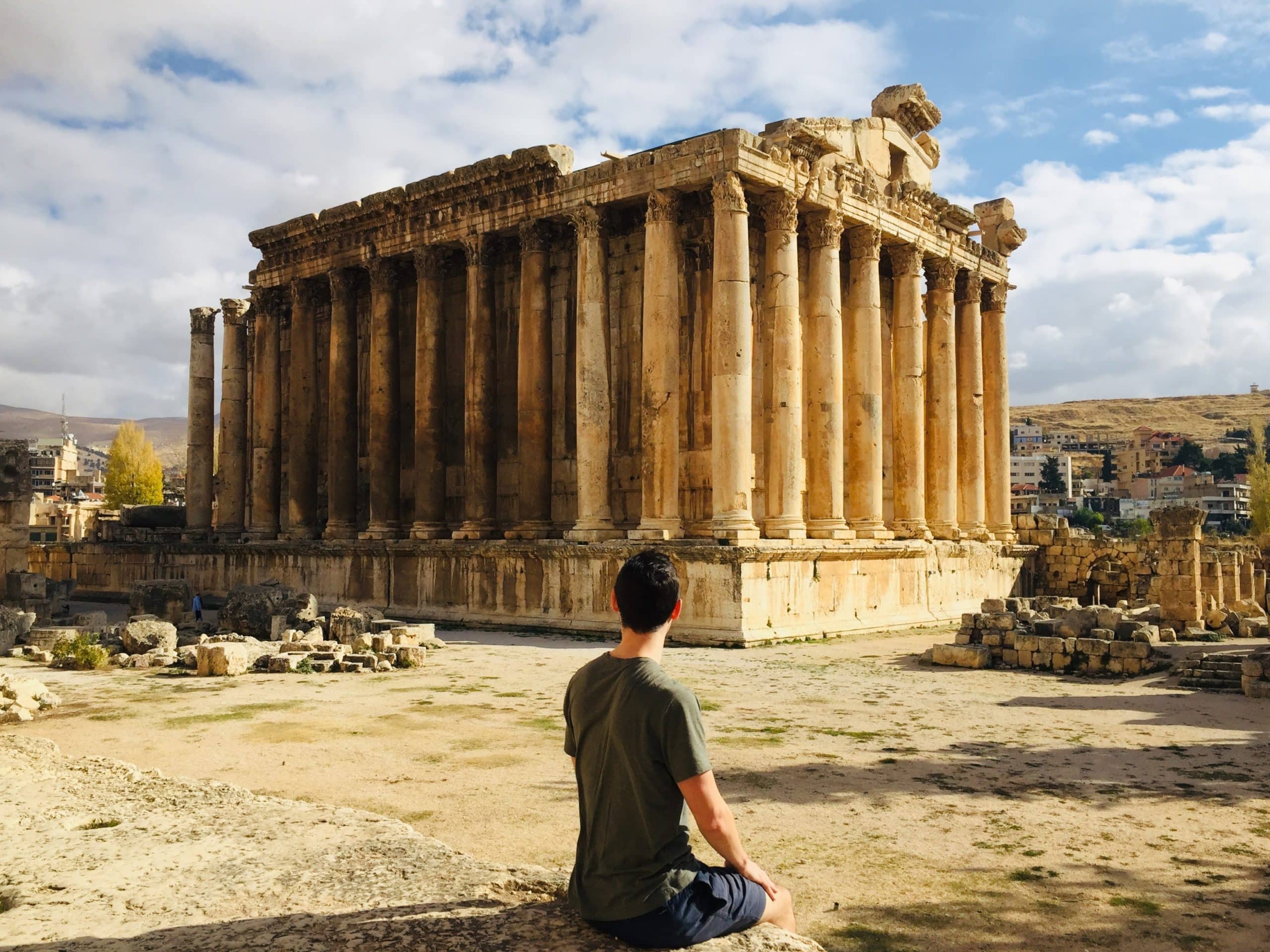


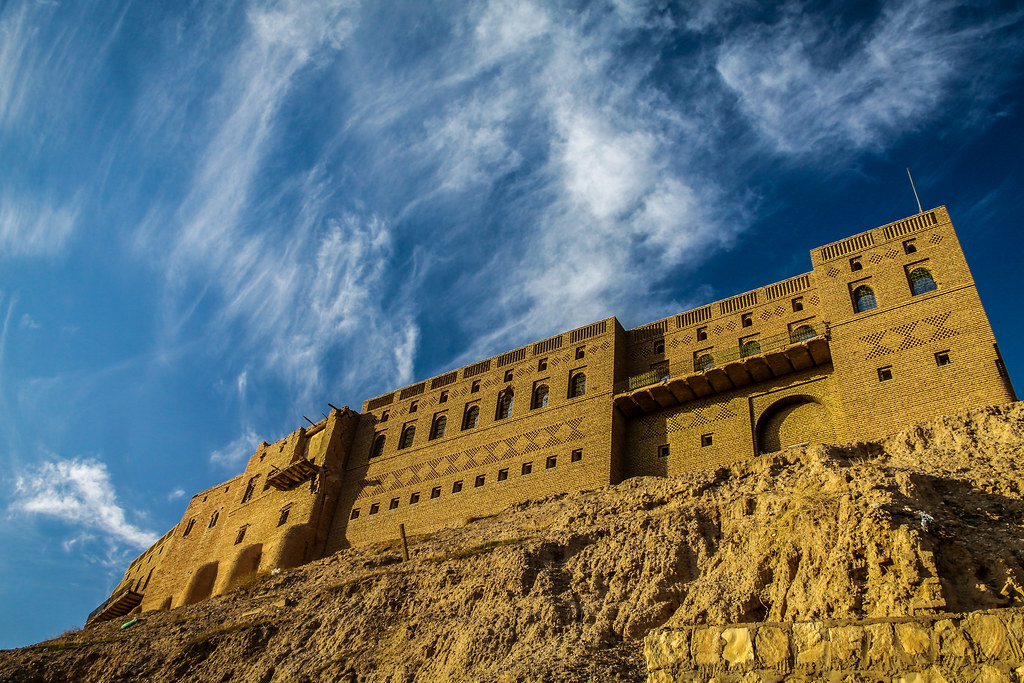
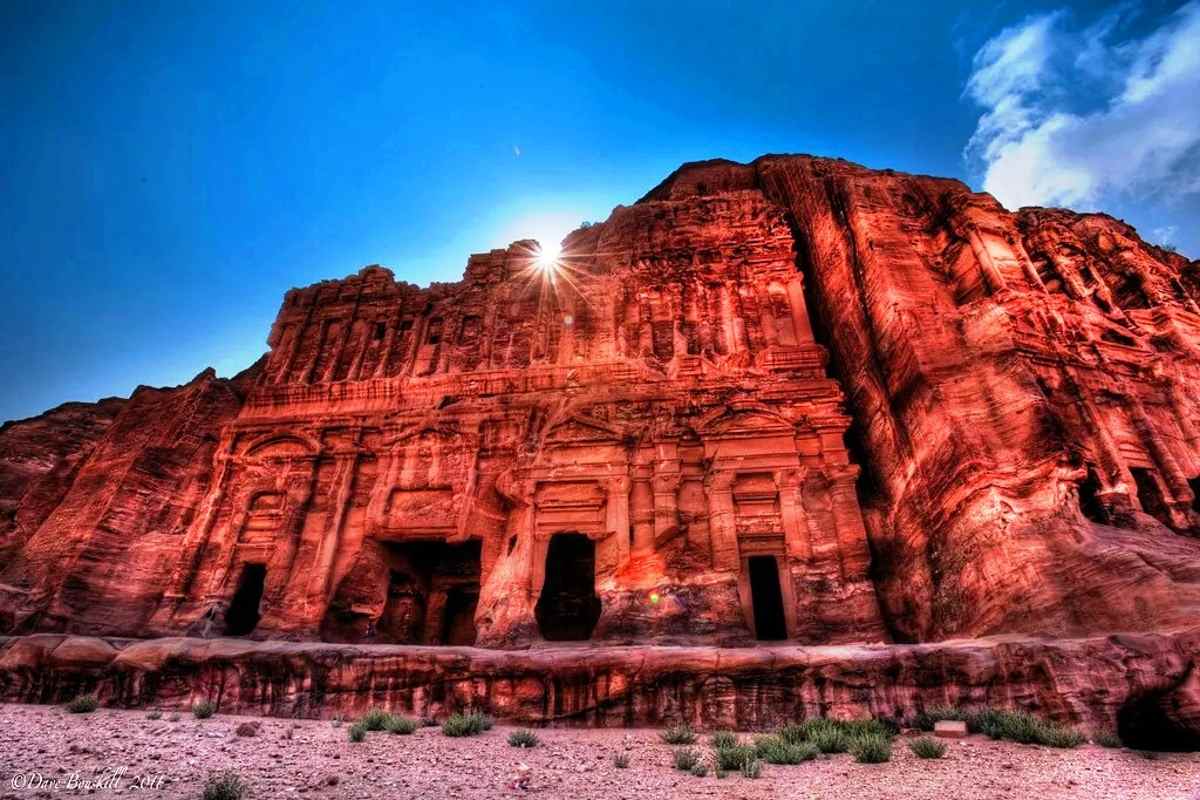
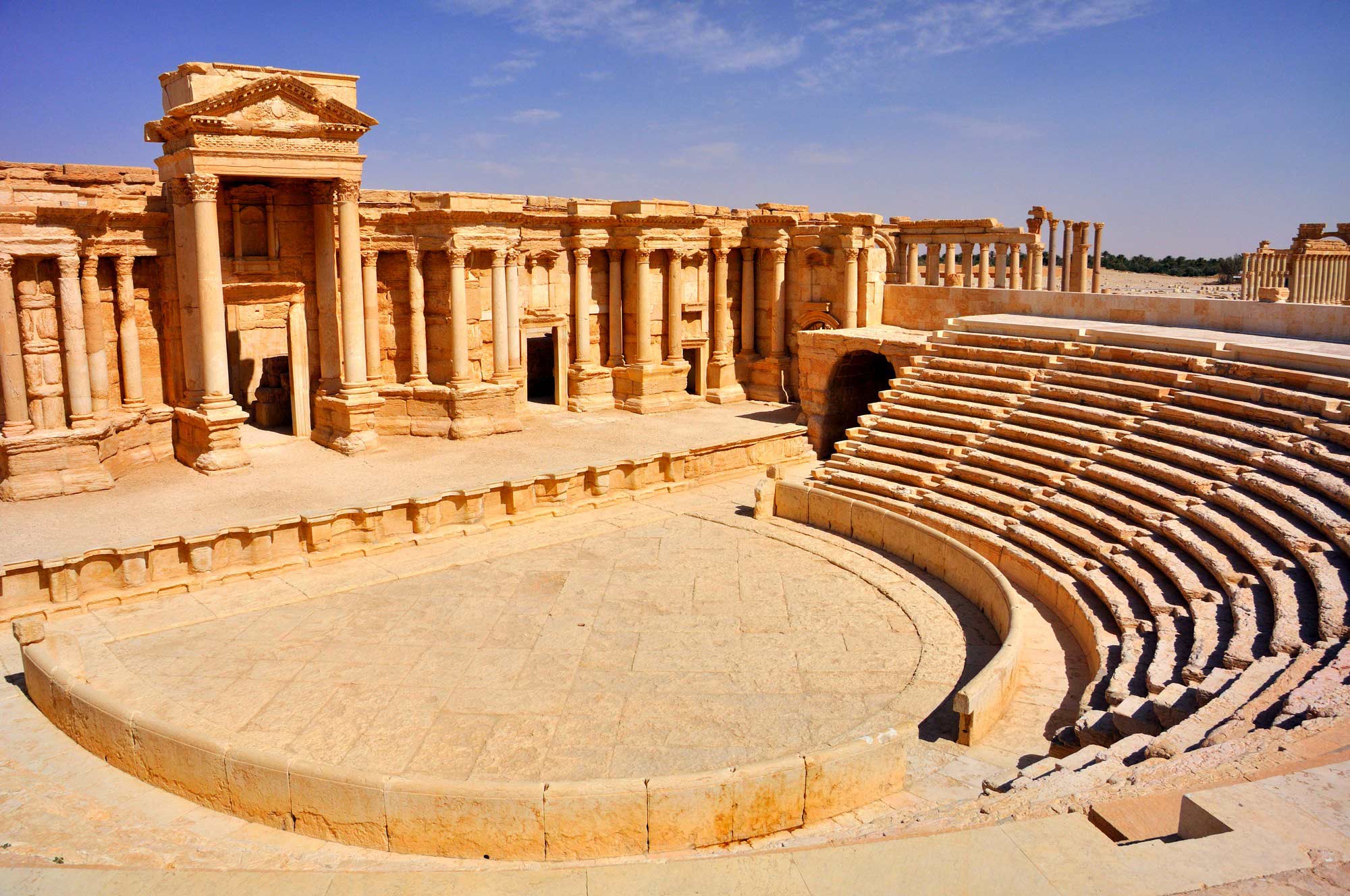
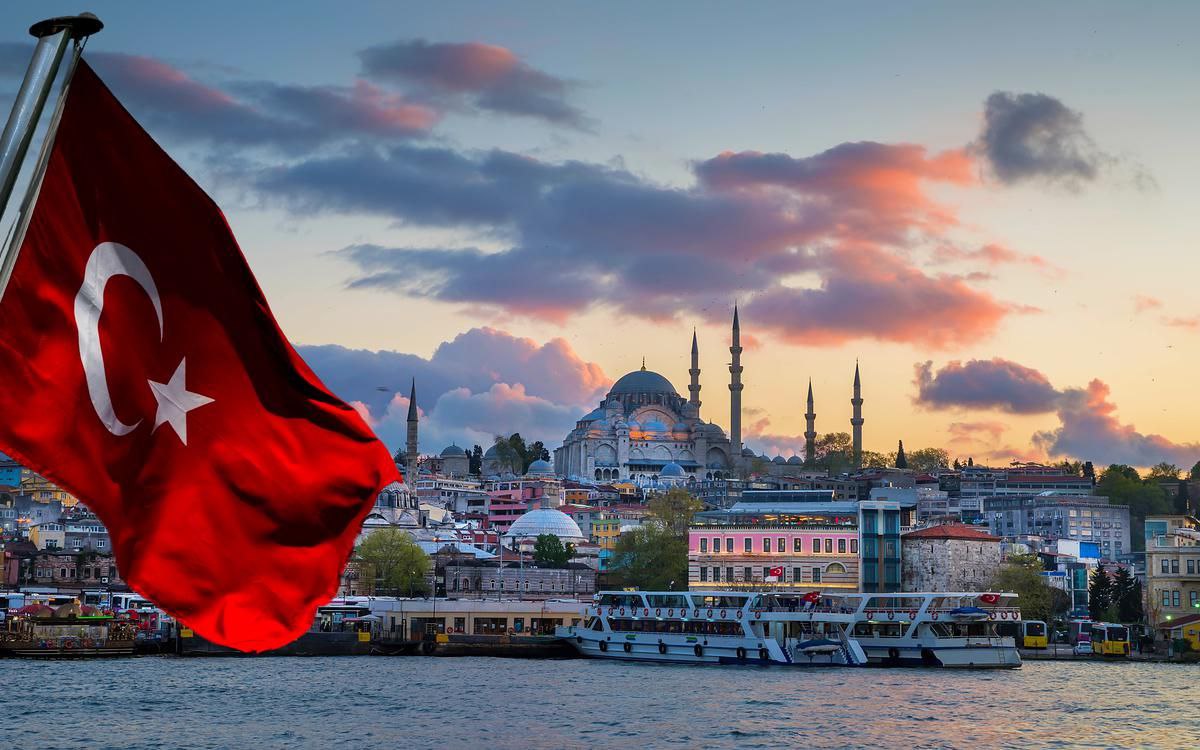
.jpeg)

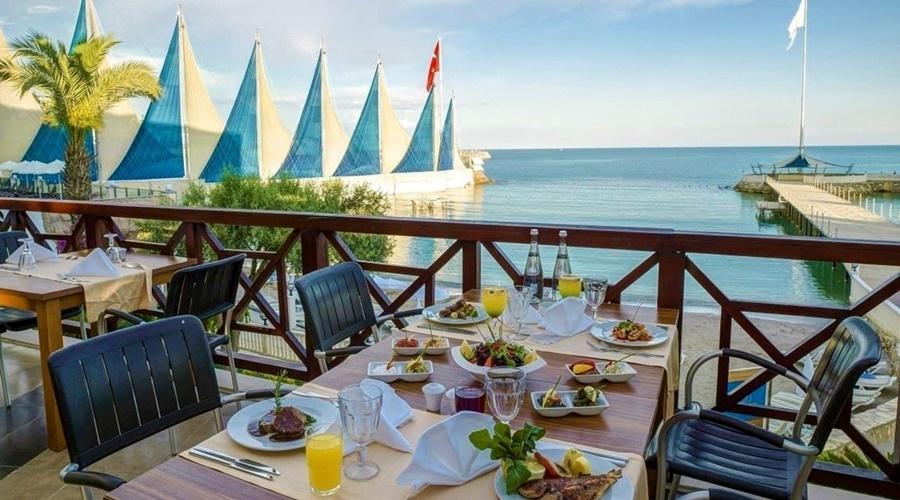
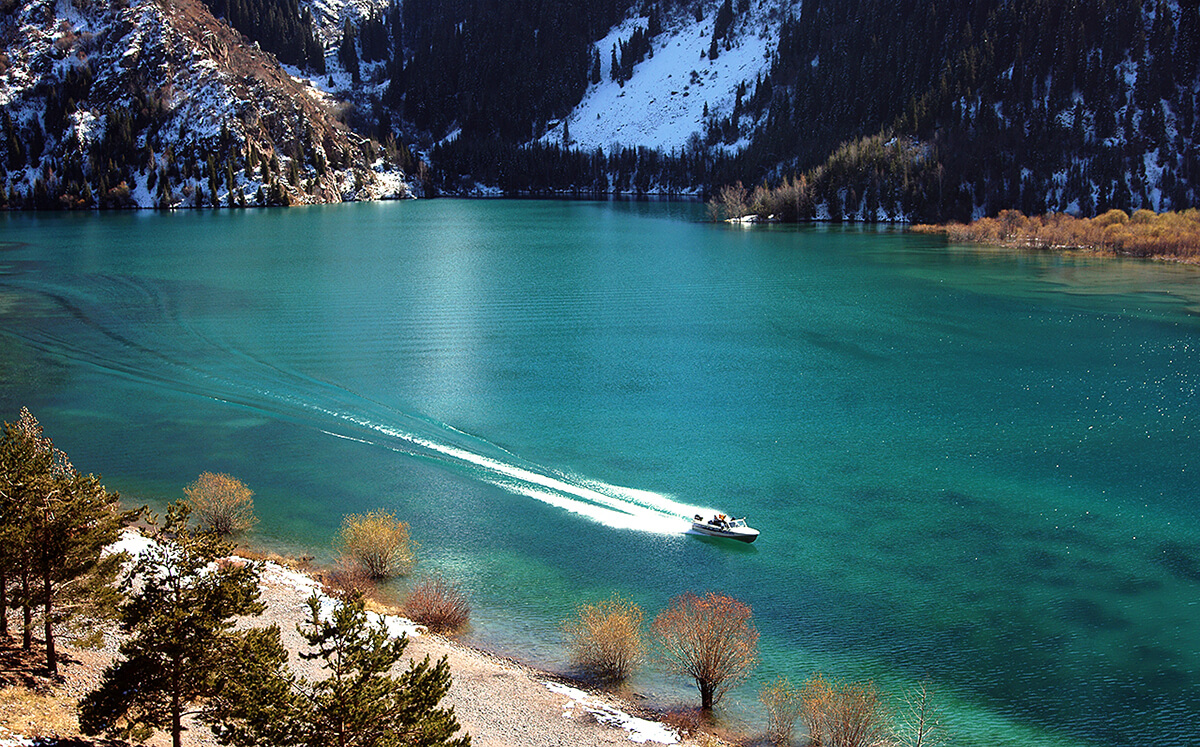

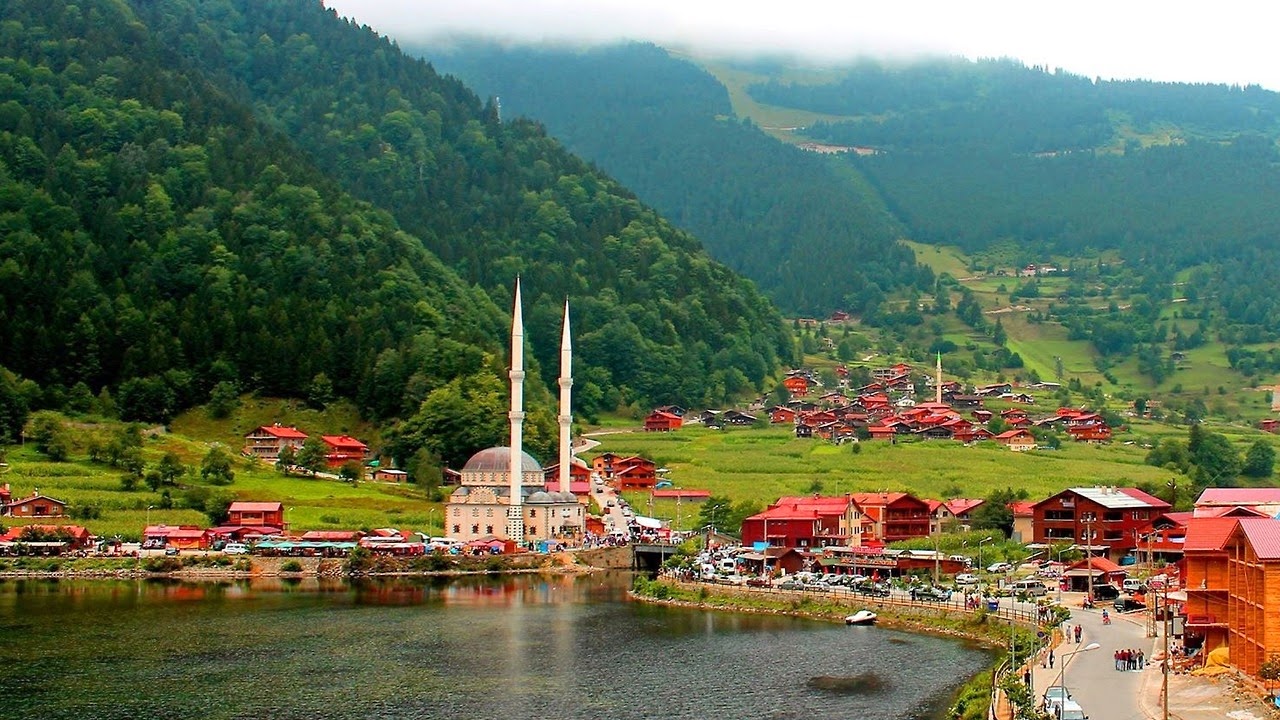


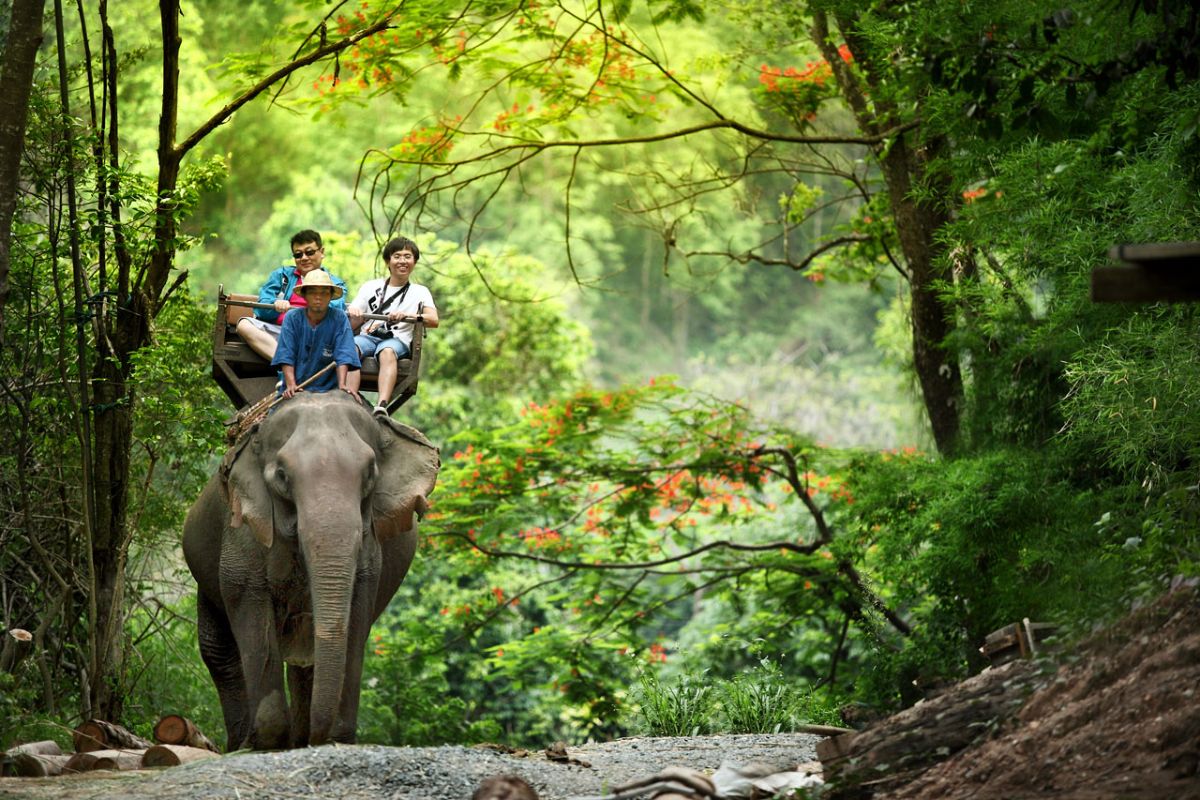
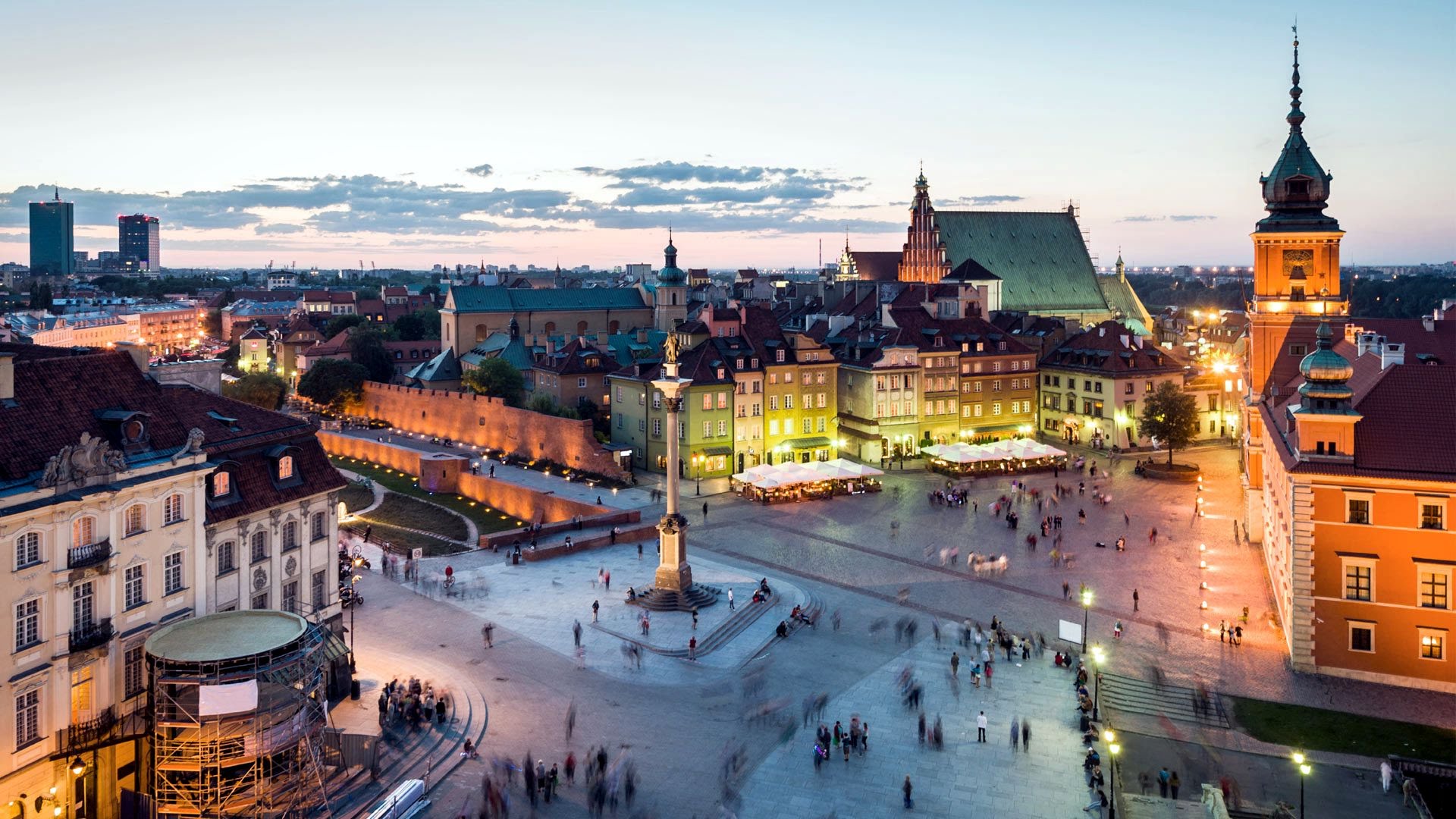
.jpg)
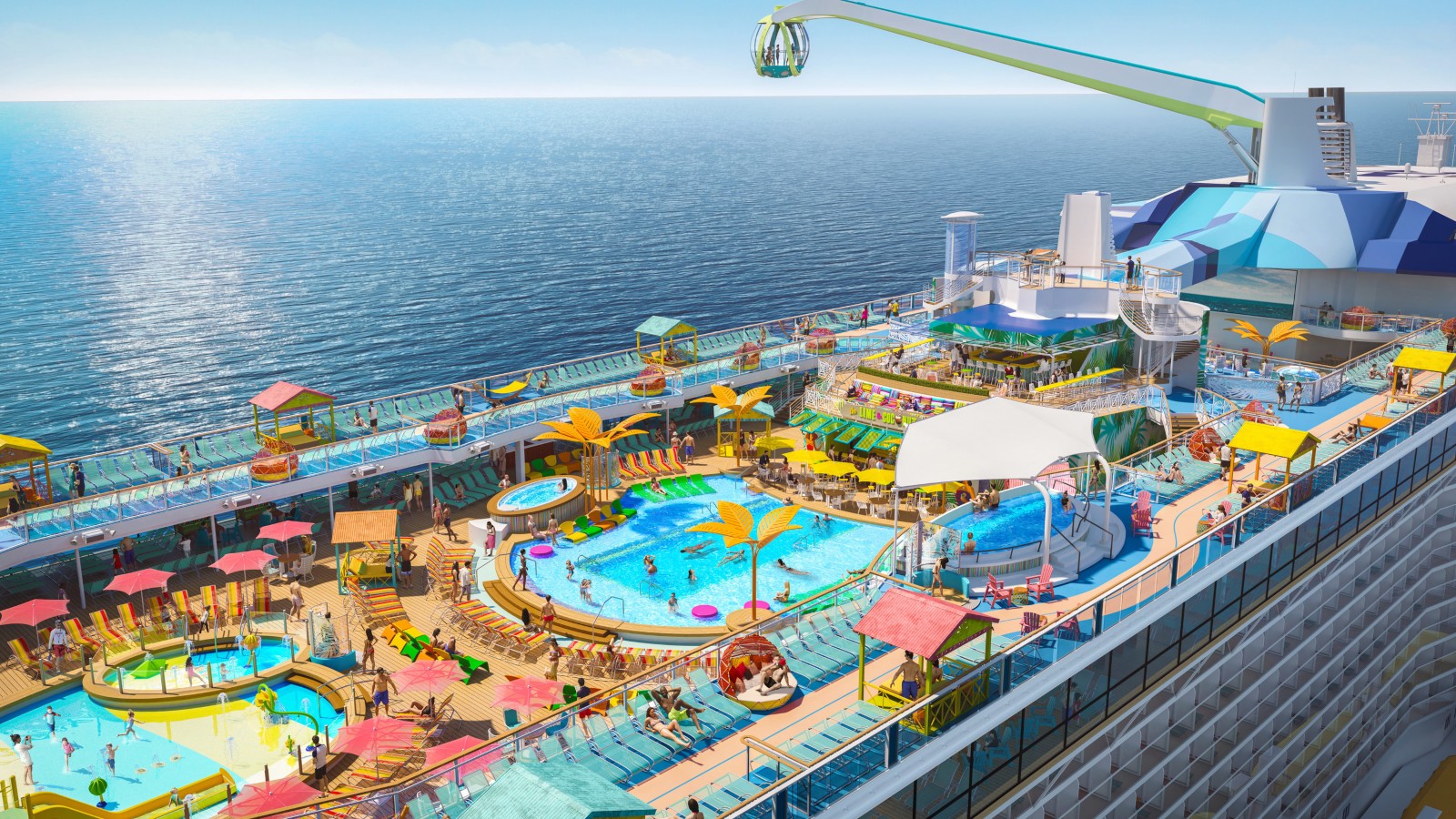
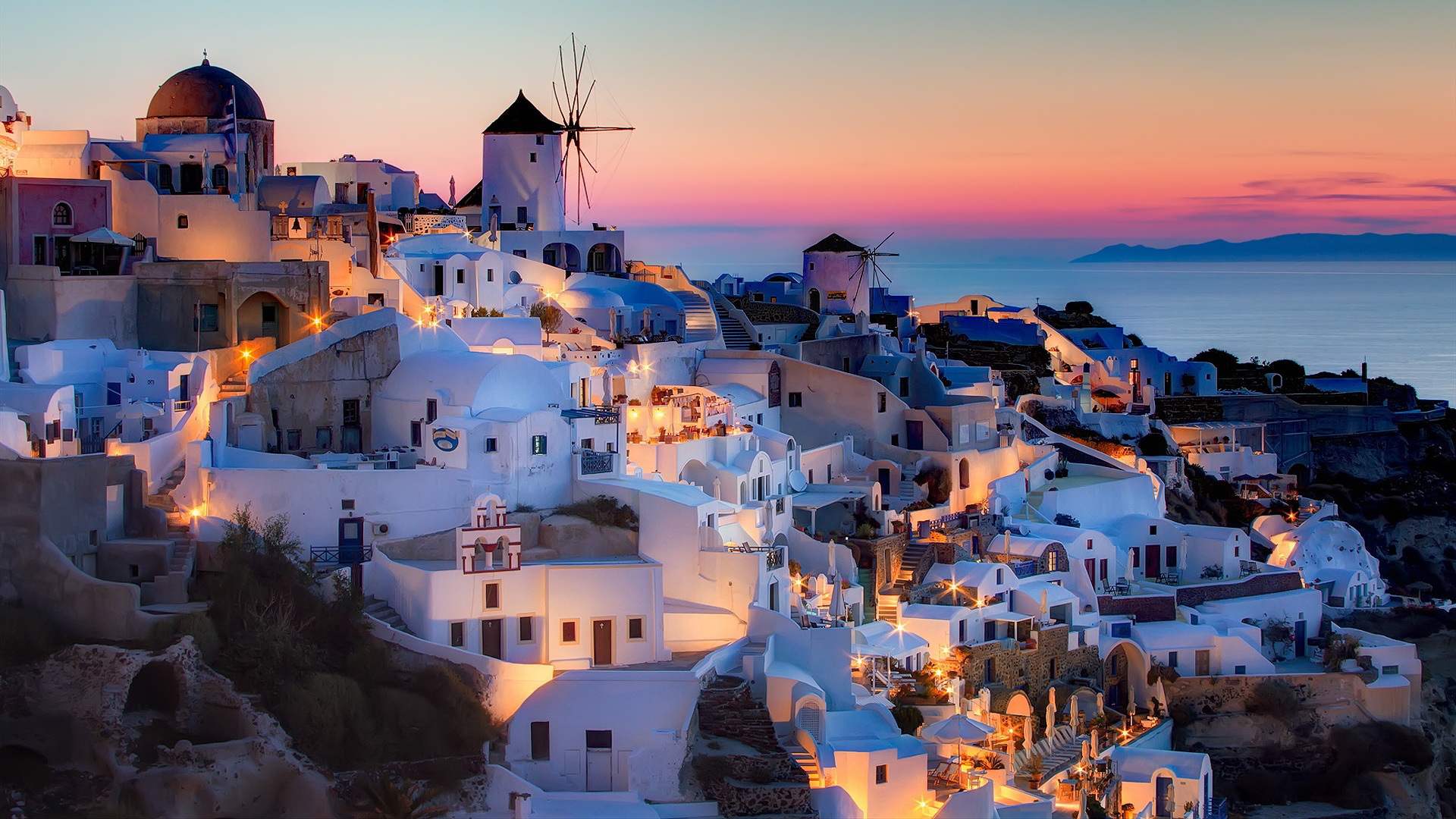

.jpg)
